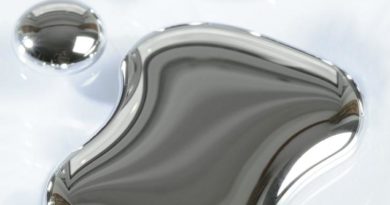How to Floss While You Have Braces
Getting braces means adapting to some changes in your oral hygiene habits. Taking care of your teeth is more important than ever, as braces can increase your risk of tooth decay and gum disease. Brushing your teeth after eating and flossing at least once a day are necessary steps to keep your teeth and gums healthy while you have braces.
If you’re new to braces care, you may be wondering how to floss while you have braces. Here are some tips to make it easier.
Why is Flossing Different With Braces?
Regular flossing involves simply sliding string floss or a flosser into the spaces between your teeth to remove plaque. With braces, the archwire that connects your brackets prevents the floss from reaching all the way to your gums when you floss. This means you are not able to reach all of the spaces between the teeth.
How to Floss With Braces
Flossing with braces is a unique challenge, but it doesn’t have to be difficult. To floss with braces using traditional string floss, you simply need to thread the end of the floss under your archwire before wrapping it around your fingers and sliding it between your teeth. You will need to thread it underneath the archwire between each of your brackets to reach all of the spaces between your teeth. If this seems too difficult, there are tools that can make it easier.
Flossing Tools for Orthodontics
The following tools are designed to make it easier to floss with braces:
- Flossing needles. A flossing needle is made of plastic and looks like a large sewing needle. You thread the floss through the eye of the needle and use it to thread the floss under your archwire. You can remove it when you wrap the floss around your fingers or leave it attached.
- Superfloss. Superfloss is specialized floss with a reinforced end like a shoestring. This makes it easier to thread it under the archwire of your braces. Superfloss is also wider and spongy to reach wider spaces between your teeth.
- Orthodontic plackers. You’ve probably seen or used plastic plackers with a string of floss suspended across a u-shaped head. Orthodontic plackers have a narrow head that is easier to get under your archwire. Just be careful not to bend your archwire when using orthodontic plackers.
Why is Flossing So Important With Braces?
Flossing is important for your oral health with or without braces, but it is an integral part of your braces care. But while you have braces you are at a greater risk of tooth decay and gum disease because the brackets and wires trap food particles that can increase the amount of plaque on and between your teeth.
- Prevent tooth decay. The early signs of tooth decay are small cavities that form in the enamel of your teeth. Small cavities can be treated with fillings. As cavities worsen they become deeper and may reach the inner portion of the tooth and cause an infection. A root canal may be needed to treat or prevent a tooth infection. In the worst case scenario, the tooth can’t be saved and will need to be extracted and replaced.
- Prevent gum disease. Gum disease is a bacterial infection of the gum tissue. When plaque remains on the teeth and settles along and below the gumline, it can infect the gum tissue. Gum disease that goes untreated can severely damage the support structures for the teeth, causing teeth to become loose or even fall out.
The dental and oral health problems could severely disrupt your orthodontic treatment, so be sure to floss your teeth daily while you have braces and afterwards.
Dr. Suzanne Stock helps patients in four convenient locations to get back on track with their orthodontic care. Some services offered include retainers, clear braces, clear brackets, and more.




